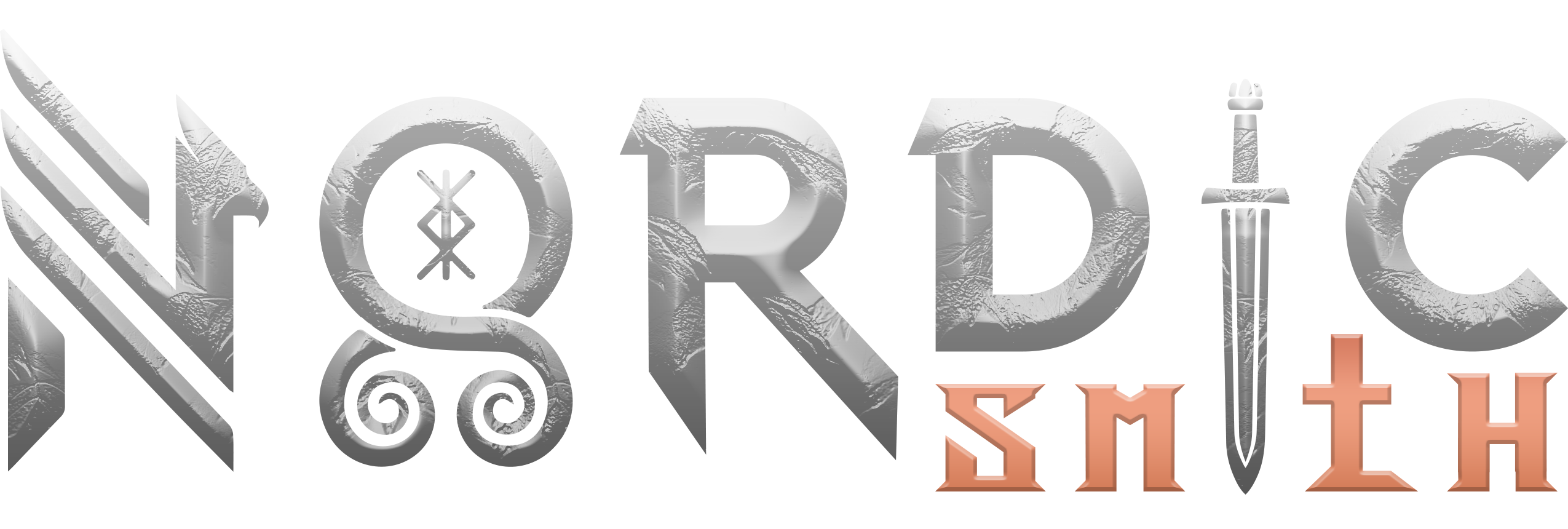Throughout medieval warfare, shields were vital for both defense and offense, protecting warriors from deadly blows and missile attacks. Over time, different shield designs emerged to suit various combat styles and battlefield tactics. This blog explores the differences between round, kite, and heater shields, analyzing their strengths, weaknesses, and roles in medieval warfare.
Round Shields: The Viking Warrior’s Choice
The round shield was widely used from the early medieval period, particularly by Viking and Anglo-Saxon warriors.
Characteristics:
- Typically made of wood with a central iron boss for reinforcement.
- Ranged in size from 24 to 36 inches in diameter.
- Often covered in leather and rimmed with metal for durability.
Advantages:
- Lightweight and versatile, ideal for both offensive and defensive maneuvers.
- Allowed for shield walls, a critical Viking battle formation.
- Could be used actively in combat to deflect and counter strikes.
Disadvantages:
- Less coverage compared to later medieval shields.
- Required significant skill to use effectively in individual combat.
Kite Shields: The Norman Revolution in Protection
The kite shield gained prominence in the 11th century, favored by Norman knights and cavalry units.
Characteristics:
- Long and tapered, usually made from wood and reinforced with leather or metal.
- Measured around 3 to 4 feet in height, covering more of the body.
- Curved design helped deflect blows and missiles.
Advantages:
- Provided excellent protection, especially for mounted knights.
- Covered the body effectively in both cavalry and infantry combat.
- Curved shape allowed for better deflection of enemy attacks.
Disadvantages:
- Bulkier and heavier than round shields, limiting maneuverability.
- Less effective for foot soldiers in fast-paced skirmishes.
Heater Shields: The Evolution of Knightly Defense
By the 13th century, the heater shield had become the preferred choice of knights and men-at-arms.
Characteristics:
- Smaller and more triangular than the kite shield.
- Typically made from wood, reinforced with metal rims or coverings.
- Decorated with heraldic symbols for identification in battle.
Advantages:
- Lightweight and maneuverable, ideal for hand-to-hand combat.
- Provided sufficient protection while allowing greater agility.
- Smaller size made it practical for jousting and duels.
Disadvantages:
- Less coverage compared to the kite shield, exposing lower limbs.
- Less effective for prolonged battles requiring full-body protection.
Conclusion: Choosing the Right Shield for the Fight
Each medieval shield was designed to meet specific combat needs. Round shields excelled in mobility and formation tactics, kite shields offered superior body coverage for cavalry, and heater shields balanced protection with maneuverability for knights in close combat.
At Nordic Smith, we celebrate medieval craftsmanship by offering high-quality replicas of these legendary shields. Whether you're a history enthusiast, collector, or reenactor, our collection allows you to experience the legacy of medieval warfare firsthand. Explore our range today and equip yourself with the shield of your choice!





